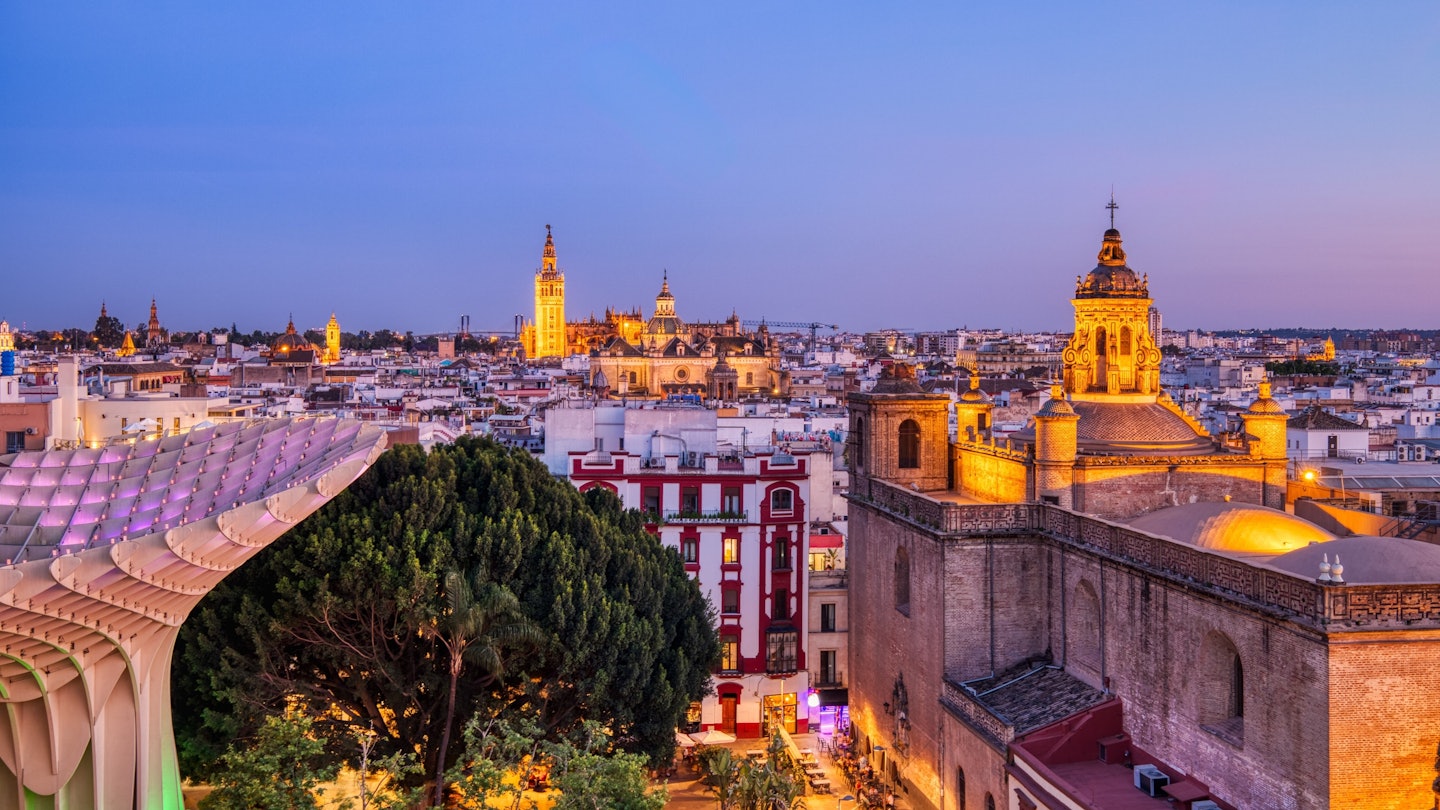Discovering Seville: A Comprehensive Guide for Travelers
Seville, the radiant capital of Andalusia in southern Spain, is known for its rich history, vibrant culture, and stunning architecture. This city has a unique blend of Moorish influence and Spanish flair, making it a destination unlike any other. Whether you’re an art aficionado, a food lover, or an admirer of architectural marvels, Seville has something meaningful to offer everyone. In this guide, we’ll explore everything you need to know about visiting Seville, helping you make the most of your journey.
Understanding Seville’s Cultural Heritage
Seville’s culture is deeply rooted in its historical significance, being the indigenous place of flamenco music and dance. The city’s lively festivals, such as Feria de Abril and Semana Santa, showcase this passion, drawing visitors from around the globe. It’s not just the performances that are captivating; the way the locals celebrate and engage in traditions provides insight into Seville’s soul.
The Architectural Splendors
The architecture in Seville is a striking representation of its multicultural past. Among the top attractions, the Seville Cathedral stands out, recognized as one of the largest Gothic cathedrals in the world. The adjoining Giralda bell tower offers spectacular views of the city. Another architectural marvel is the Alcázar of Seville, a stunning royal palace originally developed by Moorish Muslim kings. The intricate tile work and lush gardens illustrate the grandeur of the era.
A Gastronomic Adventure
Food is central to Seville’s culture, and no visit would be complete without sampling the local cuisine. Tapas, small dishes that can be shared, are a feature of dining in Seville. Visiting local tapas bars is a must; try classic dishes such as jamón ibérico de bellota, salmorejo, and flamenquín. Additionally, the communal atmosphere of eating tapas adds to the experience, as it encourages conversation and connection with both locals and fellow travelers.
Enjoying Seville’s Natural Beauty
When you’ve had your fill of history and culture, head to the Parque de María Luisa– a sprawling public park perfect for a leisurely stroll or a picnic. The park boasts stunning gardens, fountains, and the beautiful Plaza de España, a massive semi-circle building adorned with colorful tiles representing the different provinces of Spain. This is an ideal spot for photographs, particularly at sunset when the place glows with a golden hue.
Making Cultural Connections
Getting to know the locals can enhance your experience immensely. Take advantage of Seville’s social climate by attending workshops or classes in flamenco dancing or traditional cooking. This hands-on approach fosters authentic connections with the city and its culture. Plus, these experiences often come with a local guide, providing deeper insights than one would gain on a standard tour.
Practical Tips for Travelers
- The Best Time to Visit: Spring (March to June) and Fall (September to November) feature mild temperatures and fewer tourists.
- Getting Around: Seville is pedestrian-friendly, and the city’s transport system features buses and trams. Consider walking or cycling to experience the city more intimately.
- Language: While Spanish is the official language, you’ll find that many locals in the tourism industry speak English.
Conclusion
Seville is a city that enchants and dazzles, offering rich historical narratives intertwined with contemporary Spanish culture. From its awe-inspiring architecture to sumptuous gastronomy, each moment holds the potential for discovery. To learn more about traveling to Seville, make sure to check out this helpful guide from Lonely Planet. Immerse yourself in this Spanish gem and create memories that will last a lifetime.






